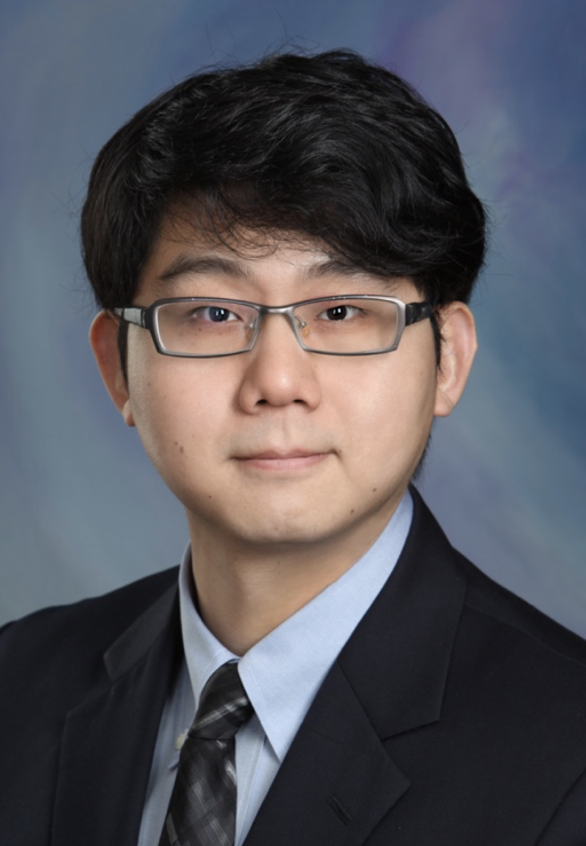Soft and Flexible Bioelectronics for Brain-Machine Interfaces and NeuroAI
11th September 2025
Timing : 2 pm ET
Please use this zoom link for joining the webinar
For a list of all talks at the NanoBio seminar Series Fall'25, see here
First, I will present tissue-like bioelectronics, capable of tracking the activity of individual neurons in behaving animals across their entire adult life. I will address the electrochemical limitations of soft materials and share our strategies to overcome them, establishing a scalable platform for large-scale, stable, and long-term brain mapping, compatible for human clinical applications.
Next, I will discuss the creation of “cyborg organisms” by integrating stretchable mesh-like electrode arrays into 2D sheets of stem/progenitor cells, which undergo 2D-to-3D morphogenesis to form brain organoids or embryonic brains. This enables continuous 3D electrophysiological recording during development. I will then highlight how the brain’s dynamic nature—and the challenge of capturing neural changes over time—can be addressed using our stable electronics to decode neural representational drift. These platforms support long-term, adaptive neural decoding and facilitate integration with neuromorphic algorithms for real-time interpretation of intrinsic neural dynamics.
Building on this, I will introduce DriftNet, a deep neural network framework inspired by neural dynamics. DriftNet mitigates catastrophic forgetting, outperforming conventional and state-of-the-art lifelong learning models and equipping large language models with cost-effective, NeuroAI-driven lifelong learning capabilities.
Finally, I will present our latest efforts integrating 3D single-cell spatial transcriptomics, electrophysiology, and agentic AI to map brain activity with cell-type specificity. I will conclude by outlining a future vision where soft electronics, spatial omics, and AI agents converge to construct a comprehensive brain cell functional atlas, transforming next-generation BMI and NeuroAI applications.
Dr. Jia Liu
Professor Jia Liu received his Ph.D. in Chemistry from Harvard University in 2014, followed by postdoctoral training at Stanford University from 2015 to 2018. He joined the faculty at the Harvard John A. Paulson School of Engineering and Applied Sciences as an Assistant Professor in 2019. His research group at Harvard focuses on flexible electronics, cyborg engineering, and agentic and physical AI, with applications in brain-machine interfaces, neuromodulation, and stem cell-based therapeutics. Professor Liu’s work has been recognized as a milestone in bioelectronics by Science in 2013 and 2017, and was named among the Most Notable Chemistry Research and Top 10 World-Changing Ideas in 2015. His independent research has been honored with numerous awards, including the MIT Technology Review Innovators Under 35 (Global List, 2022), the Air Force Office of Scientific Research (AFOSR) Young Investigator Program (YIP) Award (2022), the NIH/NIDDK Catalyst Award from the NIH Director’s Pioneer Award Program (2021), the William F. Milton Award (2020), and the Aramont Award for Emerging Science Research (2019). In addition to his academic work, Professor Liu is a co-founder and scientific advisor of three companies: Axoft, Inc., focused on brain-computer interfaces; Elastro, Inc., focused on flexible bioelectronic therapeutics; and AIScientists, Inc., focused on agentic AI for science.
Professor Jia Liu received his Ph.D. in Chemistry from Harvard University in 2014, followed by postdoctoral training at Stanford University from 2015 to 2018. He joined the faculty at the Harvard John A. Paulson School of Engineering and Applied Sciences as an Assistant Professor in 2019. His research group at Harvard focuses on flexible electronics, cyborg engineering, and agentic and physical AI, with applications in brain-machine interfaces, neuromodulation, and stem cell-based therapeutics. Professor Liu’s work has been recognized as a milestone in bioelectronics by Science in 2013 and 2017, and was named among the Most Notable Chemistry Research and Top 10 World-Changing Ideas in 2015. His independent research has been honored with numerous awards, including the MIT Technology Review Innovators Under 35 (Global List, 2022), the Air Force Office of Scientific Research (AFOSR) Young Investigator Program (YIP) Award (2022), the NIH/NIDDK Catalyst Award from the NIH Director’s Pioneer Award Program (2021), the William F. Milton Award (2020), and the Aramont Award for Emerging Science Research (2019). In addition to his academic work, Professor Liu is a co-founder and scientific advisor of three companies: Axoft, Inc., focused on brain-computer interfaces; Elastro, Inc., focused on flexible bioelectronic therapeutics; and AIScientists, Inc., focused on agentic AI for science.
